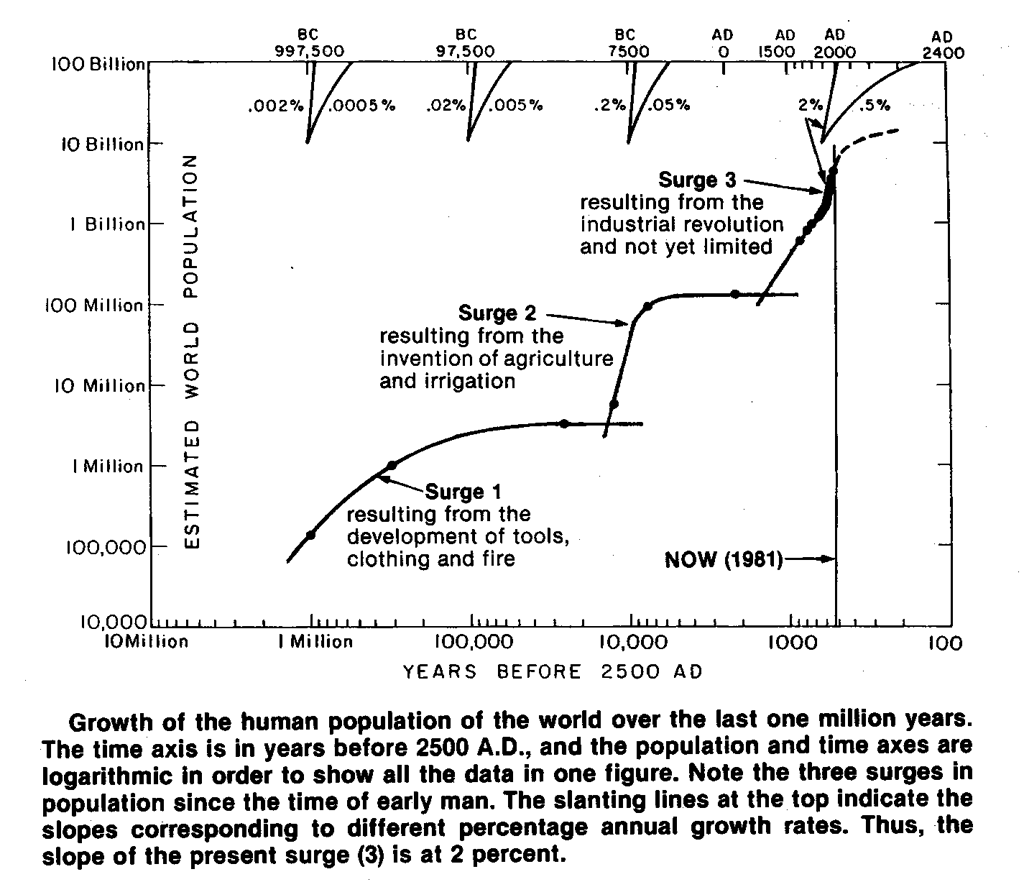
"Failure or success seem to have been allotted to men by their stars. But they retain the power of wriggling, of fighting with their star or against it, and in the whole universe the only really interesting movement is this wriggle."
Forster, E. M. [Edward Morgan] (1879–1970), British novelist, essayist.
“Our Diversions: The Game of Life,” (1919).
The game is played by every participant living on the planet.
• The game board is unique in that it is actually created, assembled daily if you will, by the reproductive members of the population.
• The reproducing members of the population establish the contours of the playing field on which all the trillion, quintillion or sextillion numbers of players participate in the game every day.
• The game is responsible for the ecological services that contribute to the sufficiency of the playing field to handle such a large number of players.
• The object of the game is to keep running faster and faster just to stay in the same place.
• That objective is demanded by the fact that the faster reproducing organisms establish the broad contours of the playing field to which the slower producing organisms must adapt, if they are to continue in the game.
• Unlike games that have winners and losers the game of the biosphere is won by every player optimizing the resources that are part of the biophysical conditions that make the biosphere habitable, ultimately there are no winners only losers; because nature shoots last.
Human descent and origins:
"The human fossil record, . . . consistently points to Africa as the ultimate origin of all humans."p. 111, The Seven Daughters of Eve, Bryan Sykes, (2001).
Only in the past five thousand years have human populations outgrown the capacity of their surroundings to sustain their growing numbers.
When and since often the carrying capacity of the playing field is exceeded, all participants lose who are playing in this game.
If the assimilative capacity of the air, water, or other essential nutrient driven ecological services is exceeded the game is compromised and the number of players may --and often is-- reduced in number and variety.
When the game is compromised it is up to the players to either migrate, or repair the assimilative capacity based on the existing rules and objectives of the game. Migration allows for the renewal of those areas where population has reduced the vibrancy of living communities of plants, bacteria, fungi, and animals to sustain human economies.
Restoring the assimilative & carrying capacities of the game board is done by revegetating wetlands, planting forests, restocking or restoring streams, lakes or renourishing sources of open space, air, and water such as underground aquifers, aquifer recharge areas, or surface watersheds.
The earth functioning well and optimally for enough of its creatures is the eventual outcome of the game in which we are perpetually engaging.


Dr. Edward Smith, Deevey, Jr. ecologist who originally made the graph was an expert in the Pleistocene period's ecological systems.
Science Index | Social analysis | Population Index | Global Warming Index | The Game | Nature Index
